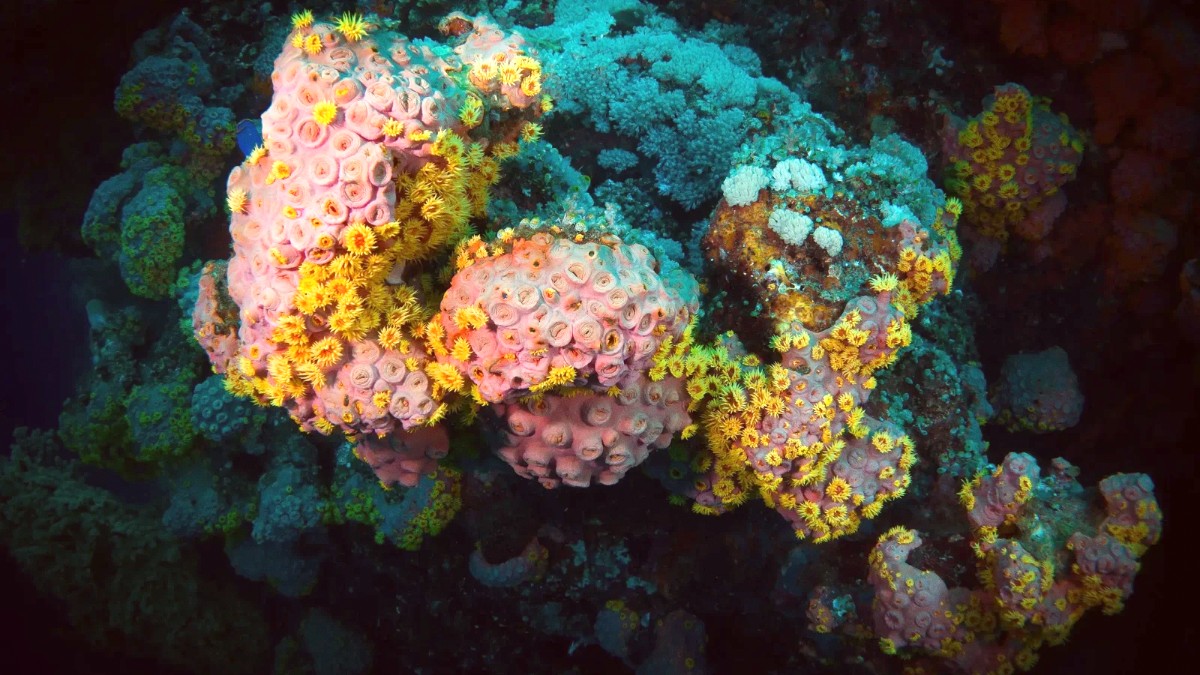
For the United States Minor Outlying Islands, the concept of nearby destinations for a short trip is entirely irrelevant.
Each island is an isolated speck in a vast ocean, with no accessible locations within day-trip distance.
While the United States Minor Outlying Islands themselves are ultimate "natural escapes" from human civilization, there are no additional natural escape destinations from them. The entire purpose of these islands for authorized personnel is immersion in their unique, protected natural environments.
For authorized personnel, observing natural phenomena (e.g., seabird nesting, whale migrations in surrounding waters) occurs on or around the island they visit, not as a separate excursion.
Cultural excursions are not relevant. The islands' history relates to specific human endeavors like guano mining or military operations, not ongoing cultural development.
All visits to the United States Minor Outlying Islands are part of authorized missions, each with a defined scope and objective.
Studies on seabirds, marine life, and island ecosystems form a core focus.
Efforts for habitat protection and species recovery are continuous.
Delivery of provisions and equipment for ongoing missions characterizes operational support.
Stringent protocols are in place to prevent the introduction of non-native species, a critical threat to fragile island ecosystems.
Ongoing monitoring programs track changes in climate, ocean conditions, and species populations.
All aspects of a visit to the United States Minor Outlying Islands receive governance by operational necessities, from planning to execution.
Access is strictly limited to scientists, government personnel, and military staff with explicit authorization.
Travel logistics involve specialized vessels or aircraft, substantial funding, and precise scheduling.
Safety protocols account for isolation, extreme weather, and potential environmental hazards.
Following a mission, comprehensive reports receive submission, and all collected data undergoes thorough review.
Analysis of environmental and biological data collected during the mission is a core task.
Detailed accounting for all funds used during the expedition forms a component.
Review of any environmental alterations or disturbances from operations takes place.